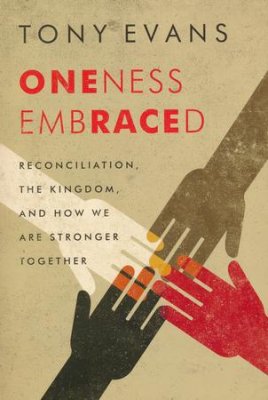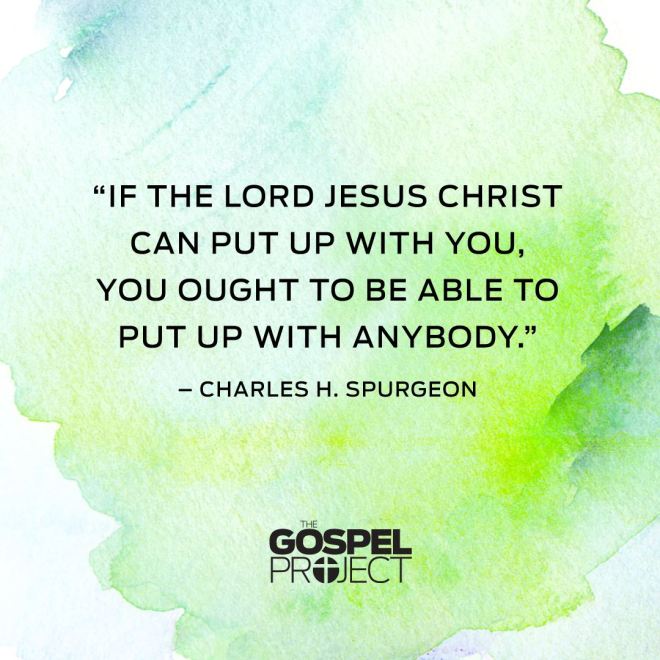
Dyer, John. From the Garden to the City: The Redeeming and Corrupting Power of Technology. Grand Rapids, MI: Kregel Publishing, 2011.
John Dyer is the Director of Communications and Educational Technology at Dallas Theological Seminary. According to his website (donteatthefruit.com) he earned his Master of Theology (ThM) in 2008 and is currently working on his PhD at Durham University. He is also involved in creating other websites and has been deeply involved in technological issues since childhood.
This review of From the Garden to the City will attempt to analyze how the author uses his understanding of technology, with all its implications for the church and society, to honor “God and the reason he put us here on earth.”
As the bible informs us, each believer is given a unique role within the body of Christ to bring God glory. Dyer’s role is one of understanding technology in such a way as to be able to use it for the improvement of the saints and connect Christianity to the world outside. This book seems to have the purpose of leading those who are not as connected with the world of technology to understand how it is impacting the way we worship and how it will become more of a factor in future ministry.
The book is laid out in a unique fashion that takes the critical aspects of man’s story, reflection, rebellion, redemption, and restoration and connects it to the story of technology. Dyer hopes the reader will “discover the role of technology in each section of the biblical story.” To the author, technology has been impacted by the fall as the rest of creation has and one day will be redeemed along with the rest of God’s creation.
Although the author does work to connect the account of man to the story of technology in a fashion, the ties are not always that clear. There are many times where it seems the author is stretching the analogy to the breaking point and causing more confusion than clarity. As an example, he spends several pages connecting the rebellion of Adam and Eve and their need to create clothing for their nakedness to the idea “technology can at the same time be both a reflection of the image of God and a subtle rebellion against him and his authority.”
Another instance which wasn’t helpful was part of the discussion of “tehnicism” – the belief “that technology will one day solve all of our problems, leading to a kind of utopia.” Dyer used this idea to help explain the vision of Cain and his descendants who formed cities where they might find their salvation.
Dyer’s attempts to connect these ideas made some of the reading more difficult and harder to focus on. Instead of working so hard to link man’s sin history to technology’s story, he might have better served the reader in focusing just on technology’s impact to ministry.
Despite some of the distractions his arrangement caused, the book had some valuable insights into how different people view technology and what our expectations should be. One of the more fascinating discussions dealt with Douglas Adams’ grouping of technology into three categories. Understanding how we view technology which exists at our birth as compared to how we see it later in life can be very helpful for ministry leaders. It would be especially helpful for those dealing with the connection between ministry and technology, so they might understand people’s views and objections better.
Furthermore, he has apparently had to deal with those who are not as connected with technology and their criticism of too much technology in ministry, which may be why he appears to make many of his points geared toward such criticism. He notes the generational gaps where “Younger people often uncritically embrace any and all technology while older generations sometimes make short sighted critiques of technology period.”
These generational gaps can also lead some to view new technology as immoral for no other reason than it can be used for improper purposes. Sometimes the shortsightedness of church members blinds them to the beneficial uses and they don’t realize the moral or immoral use of a tool does not change the tool. This discussion is vital for the church with the advent of so many ways to have Scripture available on our smart devices such as tablets and phones which have led to some conflict in churches over whether these devices detract from the reverence of the worship time.
The church can be seen by some older generations to be the one place that is consistent in a world that is rapidly changing around them. Because there is such a rapid pace of change in our current society, leaders who understand how the different groups deal with those changes can better appreciate why many in the older generations do object to changes within the church. It is no wonder some define technology “as ‘anything that was invented after you were born.’”
This overall honest discussion of how people view technology and change are important and it “highlights how important it is to be aware of the ways in which our tools shape us.” The discussion isn’t just important for those who are hesitant about technological change but also for those who may rush headlong into it thinking it will solve problems or be able to accomplish something more significant than initially intended. Ministry leaders, and the church members, need to be settled that only God saves, not technology. Technology can have an impact on the soul but only the blood of Jesus can save that soul.
In this same vein, Dyer’s book does an excellent job of addressing some of the other concerns about change, one aspect of which is that often the promise of technology doesn’t materialize. Over the generations advancements have come where the idea of ending world conflict was promised. Dyer is right to point out that although technology is “an attempt to overcome the effects of the fall,” “no amount of technological activity” can defeat the impact of the fall, only the power of God can.
Another valid point made by Dyer is that technology is not neutral. This is not to mean that technology is moral or immoral, but we must be careful not to think we can “consume technology without being fully aware of the changes it can bring.” Some of the changes have come from the advent of the written language to the more modern ways of communicating that language.
The discussion about technology’s lack of neutrality is further dealt with when the author is addressing how technology is heading toward a more human like existence. The cultural and personal connections being formed through technology are increasing with the combining of “several of our human capacities into one device.” While this thought is likely to scare those already uncomfortable with technology, the author brings out some of the positives these advances have such as being able to access more information more rapidly than ever before. This access benefits us overall by keeping governments from limiting knowledge and opening doors for individual advancement in unprecedented ways.
But he doesn’t entirely ignore warnings about the possible adverse effects of this information access, the biggest one being access to products and knowledge which are spiritually harmful as well as detrimental to us emotionally. Images that were once relegated to individual stores or clubs are now readily available for even the youngest consumer. Many lives and many marriages are at risk if these dangers aren’t considered too.
Another danger Dyer addresses is related to the amount of information available in today’s technology driven world. Ministry is already an area filled with busy schedules and information overload. Easy access to information may not always be the answer because it can reduce our ability to properly research and discern the value of information. Additionally, the ability to produce information rapidly can also lead to inflated egos and the desire to get acceptance from others. The information highway is not only able to take us to wonderful places but littered with hazards as well.
This book can be a valuable resource for anyone in ministry. Setting aside the tenuous connections the author tries to draw between technology and man’s story, the text is full of reliable information that can be used at any level. From the Garden isn’t just a book about technology, it is a book about human nature and how it relates to technology. It is written clear enough to be understood by those who don’t have technical backgrounds and engaging enough for those who are more advanced in these areas.
One of the primary reasons ministry leaders should read this book is that it does address many of the criticisms they are likely to encounter from those who view technology with suspicion and do not see the benefit for the kingdom of God. The information presented by Dyer would help in dealing with those criticisms and assist in the planned use of technology in ministry.
The book will also open more questions about that use of technology in ministry, specifically how a church plans to go forward. Because of the ever-advancing nature of technology, churches will have to continually evaluate their technology plan. Dyer’s book provides some good insight to build upon current use for kingdom purposes.
 DeYmaz, Mark and Harry Li. Ethnic Blends. Zondervan, 2010.
DeYmaz, Mark and Harry Li. Ethnic Blends. Zondervan, 2010.

 One of the most challenging issues to talk about in the church today is financial giving to the church. It seems people are open to hearing about God’s word on a variety of issues but when you start talking about money attitudes can shift dramatically.
One of the most challenging issues to talk about in the church today is financial giving to the church. It seems people are open to hearing about God’s word on a variety of issues but when you start talking about money attitudes can shift dramatically.
 Thanks for joining me!
Thanks for joining me!